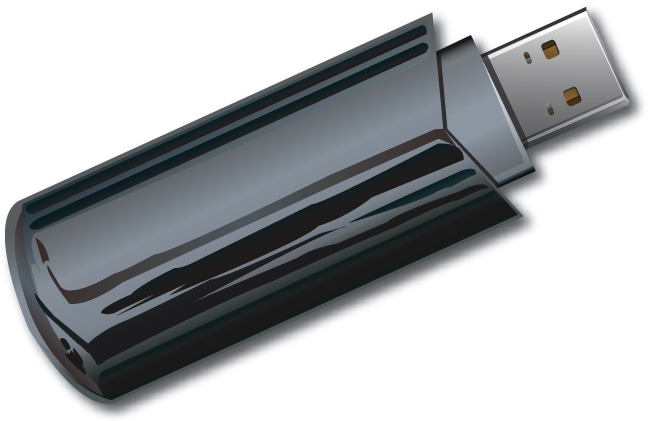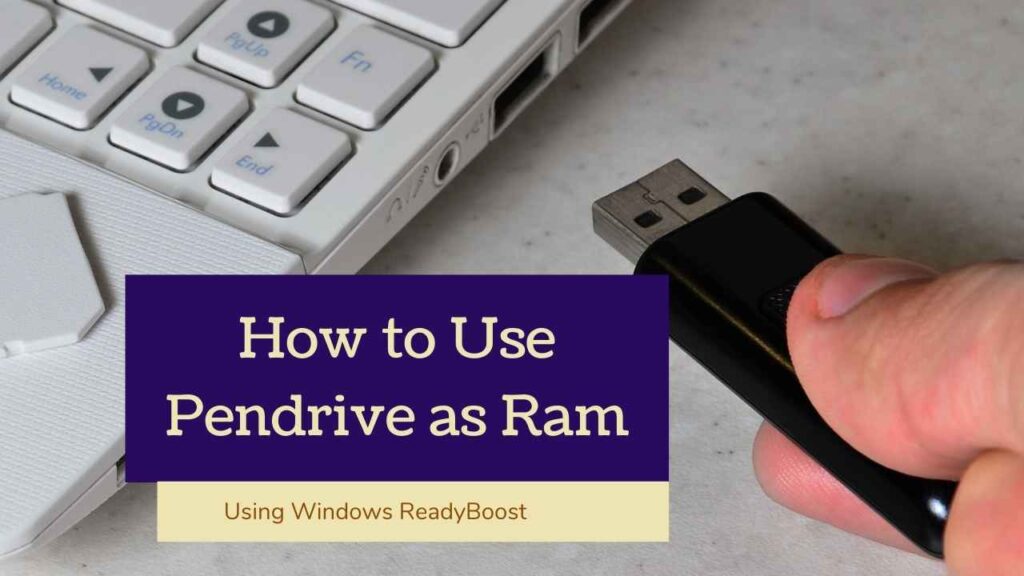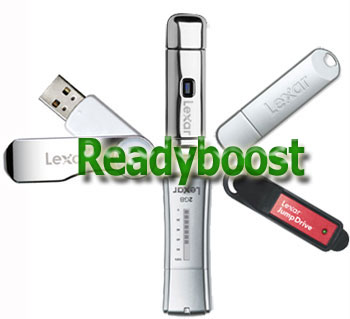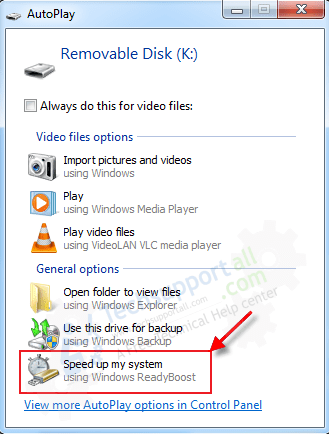

So, it is recommended to use quickly removable devices for obtaining a performance gain. If you get an external hard drive to use ReadyBoost, then you will not get any reliable output.

It does not work with hard disk drive and hybrid hard drive (excluding SSD) because they take much more time to read the small files in comparison to the removable devices randomly. It is able to read and write small files quickly.

#What is readyboost usb flash drive Pc#
You can use this feature when your PC does not have much RAM. It takes the help of easily removable devices, like USB Flash drives, SD cards, CF cards, Secure Digital and CompactFlash memory card, to complete these tasks. ReadyBoost is an amazing feature added by Microsoft which is helpful to boost up the slow running hard drive. In this article, you will read about ReadyBoost, its features and method to use it. Before getting started with applying ReadyBoost for your PC, it is necessary to know about it completely. So, if your PC is running slow, then you can use ReadyBoost to acquire a new speed of the computer, instead of resorting to PC optimizing tools. It is widely used as a special disk cache service.
#What is readyboost usb flash drive windows#
It was introduced with the release of Windows Vista, and now available for Windows 7/8/10 as well. ReadyBoost is a wonderful system tool which can utilize extra space to speed up Windows. Read the complete article to know the ways to use ReadyBoost and USB drive to enhance the performance of the system. If your computer is displaying a sluggish behavior and requires to get a boost up, then you can use the inbuilt tool of Windows to increase its speed. If you have a very small amount of RAM (512 MB or so) and a very fast USB drive, you may see some increase in performance – but it isn’t even guaranteed in this situation.How to Speed Up Windows 10/7 Using ReadyBoost and USB Drive In summary, ReadyBoost probably won’t improve your computer’s performance much. Windows won’t allow ReadyBoost to be used on particularly slow USB flash drives, but some drives are faster than others. If you have an old, slow USB stick, you may not see a noticeable increase in performance, even with a small amount of RAM. If you opt to use ReadyBoost, bear in mind that the speed of your USB drive also determines how much improved performance you’ll get. With that said, ReadyBoost may still be useful if your current computer has a small amount of RAM (512 MB, or perhaps even 1 GB) and you don’t want to add additional RAM for some reason – perhaps you just have a spare USB stick lying around. Image Credit: Glenn Batuyong on Shutterstock When ReadyBoost Is Worth Using If your computer is stressed for RAM, you’re better off adding more RAM instead of using ReadyBoost. However, adding additional RAM always improved performance much more than using ReadyBoost. In combination with 512 MB of RAM (a very small amount of RAM – new computers today generally contain several gigabytes), ReadyBoost offered some improved performance. When Windows Vista was released, Anandtech benchmarked ReadyBoost, and the results of their benchmark were informative. ReadyBoost is ideal for computers with a small amount of RAM. If you have more than enough RAM, ReadyBoost won’t really help. Therefore, ReadyBoost only helps if your computer doesn’t have enough RAM. It’s better to store SuperFetch data in your computer’s RAM than on a USB stick.

So far, so good – but there’s a catch: USB storage is slower than RAM. Why ReadyBoost Probably Isn’t Useful For You It’s faster to read various small files from your USB stick than it is to read them from your hard drive, so this can theoretically improve your system’s performance. When you connect a USB drive to your computer and enable ReadyBoost, Windows will store SuperFetch data on your USB drive, freeing up system memory. However, SuperFetch can also work with a USB stick – that’s ReadyBoost in action. SuperFetch normally uses your computer’s memory – it caches these files in your RAM. Empty RAM doesn’t do any good, so using it as a cache for frequently accessed applications can increase your computer’s responsiveness. When you launch the application, it will start faster - your computer reads its files from memory, which is faster, instead of from disk, which is slower. SuperFetch, also introduced in Windows Vista, monitors the programs you use on your computer and automatically loads their application files and libraries into your computer’s memory (RAM) ahead of time. ReadyBoost works in conjunction with SuperFetch.


 0 kommentar(er)
0 kommentar(er)
